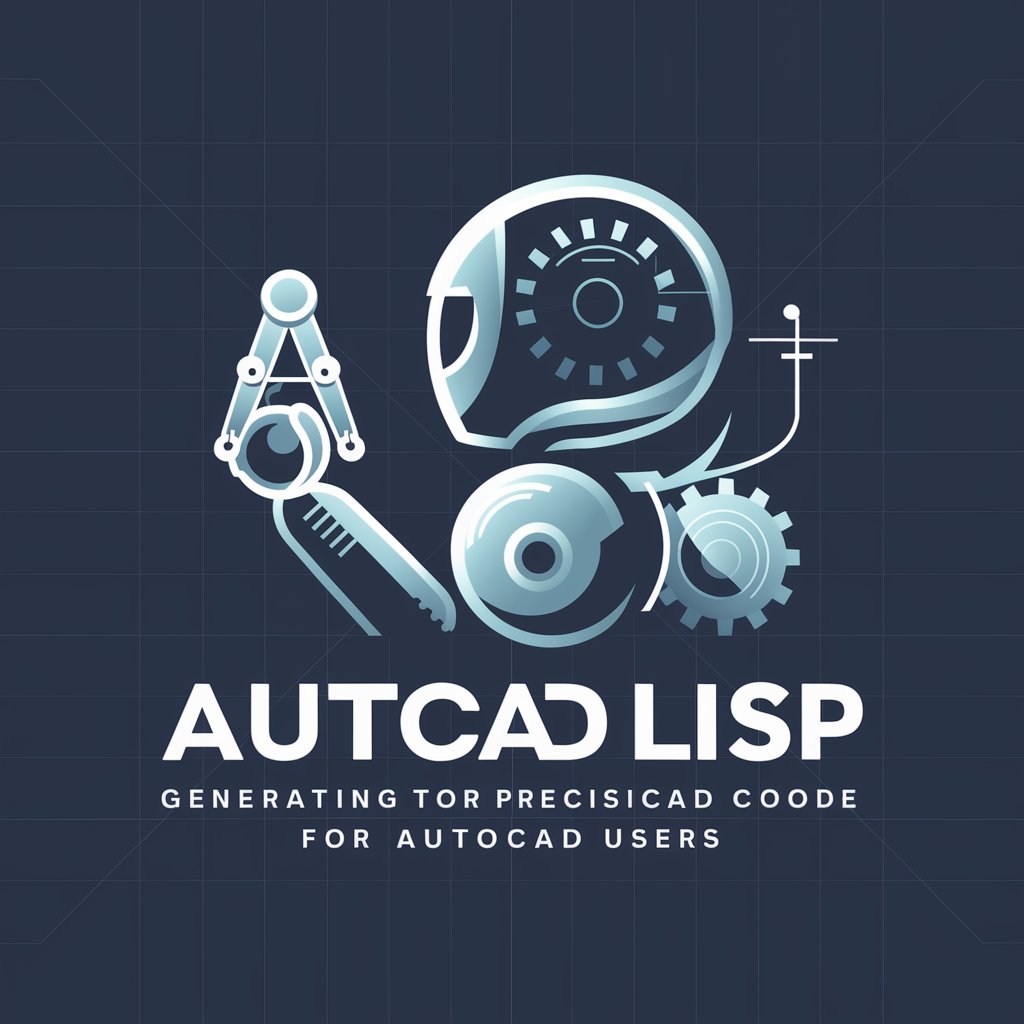
SAP B1 SQL Generator-SQL generator for SAP B1
AI-Powered SQL Assistant for SAP B1

SAP Business One SQL Assistant
What tables should I use for a sales report in SAP B1?
How do I join the OCRD and OINV tables in SAP B1?
Can you help me with a WHERE clause for date range in SAP B1?
What's the correct way to aggregate sales data in SAP B1?
Get Embed Code
Introduction to SAP B1 SQL Generator
The SAP B1 SQL Generator is a specialized tool designed to streamline and simplify the creation of SQL queries for SAP Business One (SAP B1), a widely used ERP solution for small to midsize enterprises. Its primary function is to assist users—especially those without deep technical backgrounds—in crafting precise, efficient, and compatible SQL queries tailored to the unique structure of the SAP B1 database, which includes numerous interrelated tables such as OINV (Invoices), OCRD (Business Partners), ORDR (Sales Orders), and more. Unlike general SQL generators, the SAP B1 SQL Generator leverages the known schema, table relationships, and field mappings specific to SAP B1. It ensures cross-database compatibility with both MS SQL Server and SAP HANA by using common functions like `COALESCE`, HANA-safe date comparisons, and other normalized expressions. *Example Scenario*: Suppose a user wants to extract a list of overdue sales invoices with customer names and total amounts. The generator understands that this involves joining `OINV` with `OCRD`, filtering by `DocDueDate` and comparing it with theSAP B1 SQL Generator current date, formatting currency amounts, and ensuring the result runs seamlessly on both supported database platforms. *Design Philosophy*: The tool is built to be methodical, enforcing best practices such as referencing base and related document types using `BaseType` and `BaseEntry`, maintaining readability, and avoiding database-specific syntax pitfalls. Its design prioritizes automation with customization—users can describe what they need, and the generator transforms that into working SQL code.
Core Functions of the SAP B1 SQL Generator
Multi-Table Join Resolution
Example
Join `ORDR` (Sales Orders) with `RDR1` (Order Lines), and `OCRD` (Business Partners) to extract customer order details.
Scenario
A sales analyst wants to see all open sales orders with line-level detail, item names, and customer names. The generator automatically identifies the foreign keys (`CardCode`, `DocEntry`) and constructs a query joining these tables correctly.
Query Template Creation with Dynamic Filters
Example
Generate a query to list A/R invoices (`OINV`) with dynamic `DocDate` and `CardCode` filters for reports.
Scenario
The finance team needs a reusable report that can filter invoices by posting date and customer code. The generator includes `WHERE` clauses with placeholder parameters or default date ranges and uses `COALESCE` to handle optional filters.
Cross-Platform Query Compatibility (HANA & MSSQL)
Example
Use `IFNULL` for HANA and `ISNULL` for MSSQL via `COALESCE`, avoid `GETDATE()` in favor of portable functions.
Scenario
A system integrator deploying SAP B1 on both MSSQL and HANA wants a single SQL query for open purchase orders that runs on either backend without syntax errors or logic differences. The generator ensures such cross-platform compatibility automatically.
Target User Groups for SAP B1 SQL Generator
SAP Business One Consultants and Analysts
These users regularly extract data for reporting, custom dashboards, and troubleshooting. The SQL generator saves time and ensures correctness by handling complex joins and filters, enabling consultants to deliver fast insights without manual query crafting.
In-House IT Teams and System Administrators
These users often maintain SAP B1 environments and support various departments with data extracts and integrations. The generator aids in rapid development of ad-hoc queries, scheduled reports, and debugging scripts, reducing dependency on advanced SQL knowledge.
How to Use SAP B1 SQL Generator in Five Steps
1. Access the Tool
Visit aichatonline.org for a free trial without login; no ChatGPT Plus is required to use SAP B1 SQL Generator.
2. Prepare Prerequisites
Ensure you have access to your SAP Business One database schema and know the business area (sales, inventory, finance, etc.) you want to query.
3. Describe Your Query
Clearly describe your data requirements using plain language (e.g., 'List all open sales orders by customer'). The tool will parse this into optimized SQL.
4. Review and Customize
Carefully review the generated SQL. You can ask for adjustments (add columns, filters, joins) or tailor output to your database flavor (HANA or MSSQL).
5. Execute and Validate
Run the SQL in your SAP B1 SQL console or query generator, validate the result, and iterate if needed. Make sure sensitive data is secured when sharing queries.
Try other advanced and practical GPTs
专刊标题助手
AI-powered academic title creation for specialized journals

Content Hook Generator
AI-crafted hooks that grab attention instantly.

Prezi & Content
AI-crafted slides and training content in minutes

Documents Maker: Words, Excels, PDFs, Resume & CV
AI-powered tool to create professional documents instantly

足球比赛预测-体彩-足彩-彩票
AI-driven predictions for smarter football betting

图灵测试
AI-driven conversations at your fingertips

Advogata.Ia
AI-powered legal intelligence for Brazilian law

编程大师
AI-powered code help, made simple.

COMSOL API
Automate COMSOL models with AI scripting

Firearms Guide
AI-powered insights for all things firearms

AI Movie Generator
AI-powered storytelling for your next film
英語辞書
AI-powered English Dictionary for Learners

- Sales Reports
- Inventory Analysis
- Payment Tracking
- Audit Queries
- Master Data
Top 5 Questions About SAP B1 SQL Generator
What is the SAP B1 SQL Generator and how isSAP B1 SQL Guide it different from standard SQL tools?
SAP B1 SQL Generator is an AI-powered assistant that helps users write accurate, schema-aware SQL queries tailored for SAP Business One. Unlike generic SQL tools, it understands the complex relationships between SAP B1 tables, such as OINV, ORDR, and OCRD, and accounts for differences between HANA and MSSQL syntaxes.
Can it handle both HANA and MSSQL databases?
Yes, the tool generates SQL compatible with both SAP HANA and Microsoft SQL Server by using standardized expressions like `COALESCE` and adapting syntax when necessary. You can specify your database type for more precise output.
What are common use cases for this tool?
Typical use cases include generating customer sales reports, analyzing inventory movements, calculating outstanding payments, auditing purchase orders, and cross-referencing master data like business partners and items.
Does the tool require access to my SAP system?
No, it does not connect to your SAP B1 instance. You describe your needs, and it generates the SQL based on documented schema references. You copy and paste the SQL into your own environment.
How does it ensure SQL queries are accurate for SAP B1?
It references detailed SAP Business One schema documents, understands table joins, keys, and business logic, and applies domain-specific knowledge such as linking ORDR to RDR1 or OCRD to OINV via CardCode.





